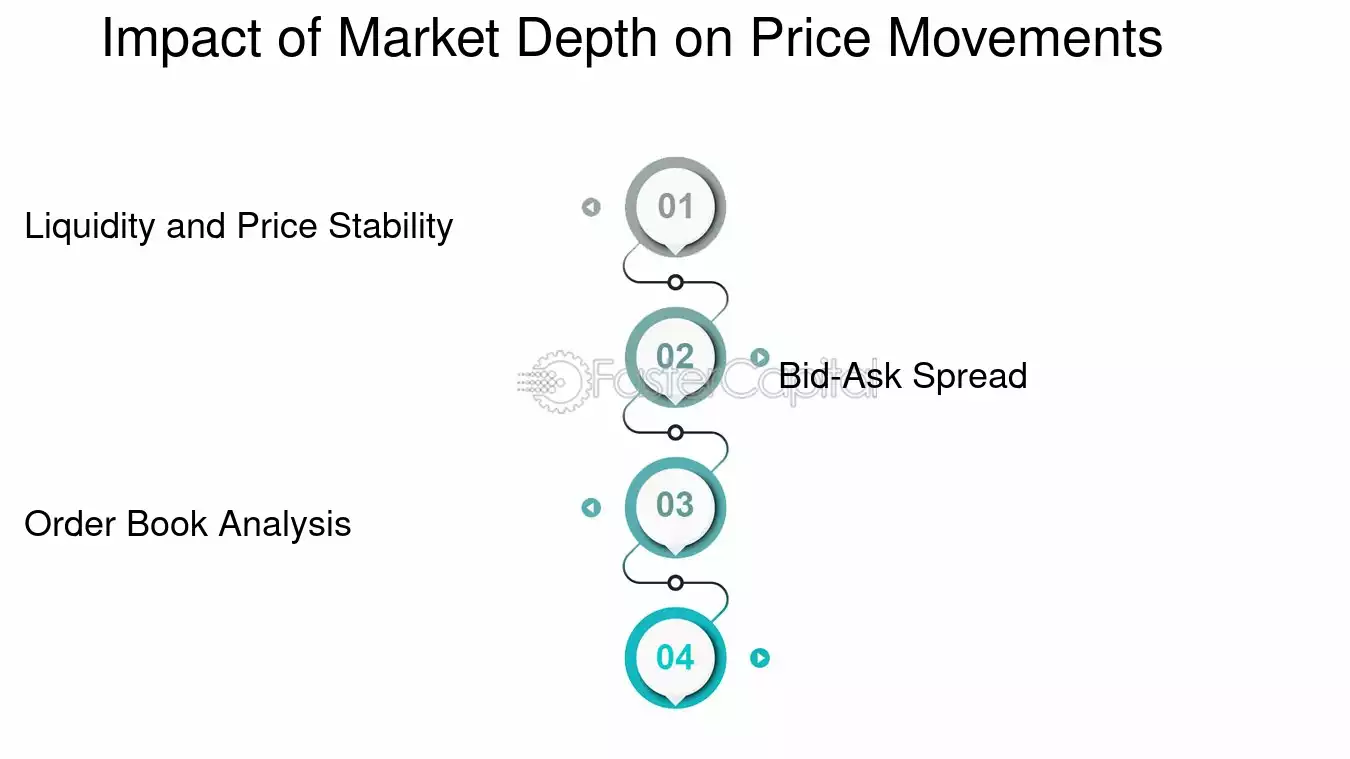Did you know that the bid-ask spread is often compared to the price of a cup of coffee—sometimes you feel like you’re getting a bargain, and other times, it leaves a bitter taste? Understanding market microstructure is crucial for traders looking to navigate the complexities of financial markets. This article breaks down the essential components, including the significance of order types, the impact of bid-ask spreads on trading costs, and the vital roles of market makers and liquidity. We explore how trading volume, information asymmetries, and regulatory frameworks shape market efficiency and price discovery. Additionally, the piece delves into the influence of electronic trading platforms and market fragmentation, offering key indicators and models to analyze these dynamics. Join us at DayTradingBusiness as we unravel the intricacies of market microstructure, empowering you with the knowledge to make informed trading decisions.
What is market microstructure?
Market microstructure examines how securities are traded, focusing on the processes, rules, and systems that facilitate buying and selling. Its key components include trading mechanisms, order types, market makers, bid-ask spreads, price formation, and trading venues. It studies how these elements influence liquidity, price discovery, and trading costs.
Why are order types important in market microstructure?
Order types are vital in market microstructure because they determine how trades are executed, impact liquidity, and influence price discovery. Different order types, like market orders or limit orders, shape trading dynamics by controlling execution speed and price control. They help traders manage risk and market makers adjust their strategies, ultimately affecting market efficiency and stability.
How do bid-ask spreads affect trading costs?
Bid-ask spreads directly increase trading costs by creating a gap between buying and selling prices. When you buy at the ask price and sell at the bid price, the spread represents a loss or cost. Narrow spreads reduce trading expenses, making transactions cheaper; wider spreads raise costs. Traders pay more for quick execution or to enter/exit positions, impacting overall profitability.
What role do market makers play in microstructure?
Market makers provide liquidity in microstructure by quoting buy and sell prices, narrowing bid-ask spreads, and ensuring smooth trading. They facilitate price discovery and reduce volatility, making markets more efficient. Their continuous presence helps traders execute orders quickly and with less price impact.
How does liquidity influence market microstructure?

Liquidity affects market microstructure by determining how easily assets can be bought or sold without large price swings. High liquidity leads to narrower bid-ask spreads, faster order execution, and less price impact from trades. Low liquidity causes wider spreads, increased transaction costs, and more price volatility, making markets less efficient. It influences the behavior of market makers, traders, and the overall depth of the order book.
What is the impact of trading volume on market microstructure?
Trading volume influences market microstructure by affecting liquidity, bid-ask spreads, and price discovery. Higher volume typically narrows spreads and improves liquidity, making it easier to buy or sell without big price shifts. It also speeds up price discovery, helping markets reflect true value faster. Low trading volume can cause wider spreads, increased volatility, and less efficient price formation.
How do information asymmetries affect market efficiency?
Information asymmetries create unequal access to market data, which leads to less efficient markets. When some traders have better information than others, it causes mispricing, increases bid-ask spreads, and encourages strategic trading like insider trading. This reduces liquidity and makes price discovery slower and less accurate. Overall, market efficiency drops because prices no longer reflect all available information quickly and accurately.
What are the main types of trading mechanisms?
The main types of trading mechanisms are order-driven markets, quote-driven markets (dealer markets), and hybrid systems. Order-driven markets match buy and sell orders directly, like stock exchanges. Quote-driven markets rely on dealers or market makers providing bid and ask prices, common in forex and some bond markets. Hybrid systems combine features of both, using order books alongside dealer intervention.
How do price discovery processes work?
Price discovery in market microstructure involves traders submitting buy and sell orders, which are matched through a trading platform. Bid and ask prices fluctuate based on supply and demand, revealing the asset’s fair value. Market makers and liquidity providers facilitate this process by quoting prices and executing trades. As new information hits the market, order flow adjusts prices quickly. The key components—order flow, bid-ask spreads, and trading platforms—work together to establish transparent, efficient prices.
What factors influence bid-ask spreads?
Bid-ask spreads are influenced by liquidity, trading volume, and transaction costs. Higher liquidity and volume typically narrow the spread, while low liquidity widens it. Market volatility increases spreads as traders demand more compensation for risk. Order size and market depth also matter—large orders can widen spreads if the market isn’t deep enough. Additionally, the number of market makers and their willingness to provide quotes impacts spreads; more competition tends to tighten them.
How does order book depth impact market stability?

Order book depth affects market stability by indicating liquidity and price resilience. A deep order book with many buy and sell orders prevents sharp price swings and reduces volatility. Thin order books make prices vulnerable to large trades, causing sudden shifts and instability. When liquidity is high, markets can absorb shocks better, maintaining steady prices. Conversely, shallow order books increase the risk of abrupt, unpredictable price movements.
What is the effect of high-frequency trading?
High-frequency trading increases market liquidity and narrows bid-ask spreads but can also lead to increased volatility and flash crashes. It often accelerates price discovery, making markets more efficient, but may cause short-term price manipulation and reduce market stability.
How do transaction costs relate to microstructure?
Transaction costs are a core part of market microstructure, reflecting the expenses involved in trading—like bid-ask spreads, brokerage fees, and price impact. They influence how liquid markets are and how easily traders can buy or sell assets without affecting prices. Microstructure studies how these costs affect trading behavior, price formation, and market efficiency. High transaction costs can widen bid-ask spreads, reduce liquidity, and slow trading, shaping the overall market environment.
What role do regulatory rules play in microstructure?
Regulatory rules shape market microstructure by setting transparency standards, ensuring fair trading practices, and controlling market manipulation. They influence how order flows, trading mechanisms, and price discovery operate, maintaining market integrity. Regulations also determine the roles of market makers and the limits on high-frequency trading, affecting liquidity and volatility.
How do electronic trading platforms change market microstructure?

Electronic trading platforms transform market microstructure by speeding up order execution, increasing transparency, and reducing trading costs. They shift trading from open outcry to digital systems, enabling real-time data and automated order routing. This change enhances market liquidity, narrows bid-ask spreads, and makes price discovery more efficient. Overall, electronic platforms make markets more accessible, dynamic, and responsive to supply and demand.
What is the importance of transparency in markets?
Transparency in markets ensures that all participants have access to relevant information, reducing information asymmetry. It promotes fair trading, improves price discovery, and minimizes manipulation. Without transparency, markets become opaque, increasing the risk of unfair practices and reducing investor confidence.
How do market fragmentation and multiple venues affect microstructure?
Market fragmentation and multiple venues increase complexity in market microstructure by reducing liquidity, widening bid-ask spreads, and creating information asymmetry. They make price discovery less efficient and raise trading costs as investors navigate different platforms. Fragmentation can lead to less transparent order flows, impacting market depth and increasing the risk of adverse selection. Overall, it complicates trading dynamics and can reduce overall market efficiency.
What are the key indicators used to analyze market microstructure?
Key indicators for analyzing market microstructure include bid-ask spread, order book depth, price impact, trading volume, and bid-ask volatility. The bid-ask spread reflects transaction costs and market liquidity. Order book depth shows available liquidity at different price levels. Price impact measures how large trades move prices. Trading volume indicates activity level and market interest. Bid-ask volatility captures short-term price fluctuations within the bid-ask spread.
How does market microstructure differ across asset classes?
Market microstructure varies across asset classes by trading mechanisms, liquidity, and participant behavior. In equities, it involves centralized exchanges with order books and high liquidity. Fixed income markets often rely on dealer networks, with less transparency and lower trading frequency. Forex markets operate over-the-counter (OTC), with decentralized pricing and high volume but limited transparency. Commodities trading combines spot markets and futures exchanges, with price discovery influenced by physical supply and demand. Each asset class’s microstructure shapes how trades occur, how prices form, and how traders access liquidity.
What are common microstructure models used in finance?
Common microstructure models in finance include the Glosten-Milgrom model, the Kyle model, the Madhavan-Richardson-Roomans model, and the Diamond and Versea model. These models explain how order flow, bid-ask spreads, and information asymmetry shape market behavior.
Conclusion about What Are the Key Components of Market Microstructure?
Understanding the key components of market microstructure is essential for effective trading. By grasping concepts such as order types, bid-ask spreads, and the roles of market makers, traders can make informed decisions that minimize costs and enhance returns. Liquidity, trading volume, and information asymmetries further influence market efficiency and price discovery processes. With advancements in electronic trading platforms and regulations, transparency and stability have become paramount. For traders seeking to navigate these complexities, leveraging insights from resources like DayTradingBusiness can provide valuable support in mastering market microstructure.